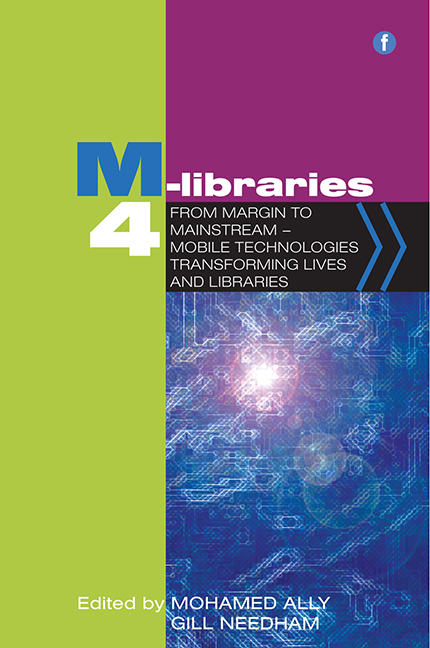20 - Creating a university-wide mobile app: the mStir experience
Published online by Cambridge University Press: 10 September 2022
Summary
Introduction
Confusion and pressure in the marketplace have motivated many higher education institutions, especially since about 2010, to create centralized university-wide mobile apps. University marketing and promotion departments’ rallying call ‘We need an app!’ has initiated development without any real research or understanding of who would use the app and whether it is needed. The general ‘buzz’ around apps has led universities to consider them to represent an advantage over their competitors. However, the benefits that such apps could bring were not then clear. Universities are large, multi-threaded, diverse communities with many different departments operating as separate entities, and this complexity muddied decisions about what to include in an app, leading to apps that were either lightweight on functionality (with many external links to the institution's website), or overburdened with unusable functionality. As is often the case with new technology, time has resolved many of these issues. Development of university-wide apps has progressed beyond these initial problems, with the emergence of stable platforms, both at the mobile device operating system level and at the development level. This chapter, using the University of Stirling's app, mStir, as an example, will offer a starting-point for institutions considering developing a university-wide app, covering the common development platforms, some key decisions made along the way and the anticipated problems.
Why
The University of Stirling started development of mStir, a crossplatform web app, in 2010. We began development at this early stage because we wanted to experiment with the new technology and discover what frameworks and toolkits were currently available. We also wanted to investigate how quickly an app could be developed using these frameworks. Since our development began, the mobile device market has matured (for both hardware and software) and universities, including Stirling, have learned from early mistakes, finally understanding the desires of their target audience. Therefore the present time (2012) is an excellent time for institutions to consider developing an app.
Over the past few years, the tumultuous market conditions, caused by operating system manufacturers competing for the largest share of a fast-growing mobile device market, have led to time- and resourcelimited developers at universities struggling to target the key devices for their specific audiences.
- Type
- Chapter
- Information
- M-Libraries 4From Margin to Mainstream - Mobile Technologies Transforming Lives and Libraries, pp. 187 - 198Publisher: FacetPrint publication year: 2014



